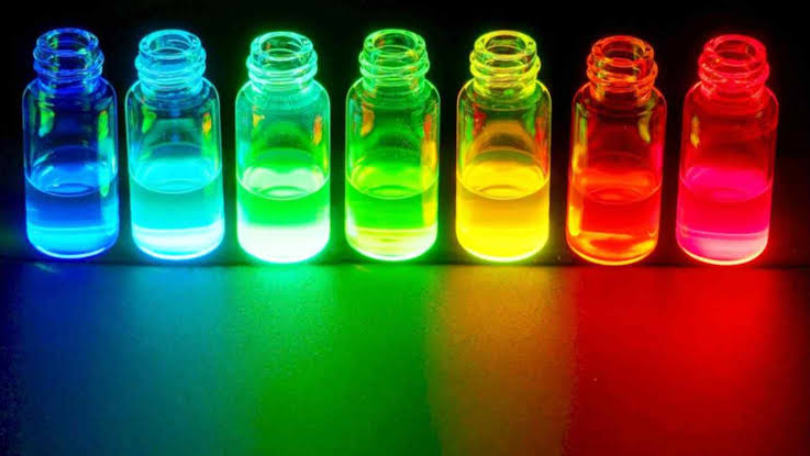Canon has recently developed a material for OLED panels (organic light-emitting diodes) that do not use rare metals. The move comes as the Japanese tech company aims to reduce its dependence on rare metal manufacturers such as those sourced from China.
Dubbed “quantum dots”, the company plans to commercialise the new technology in the next few years and pave the way for securing stable production without being affected by geopolitical risks.
Conventional OLED televisions use colour filters to show the three primary colours: red, blue, and green.
OLED televisions with quantum dots in ink form printed on glass that radiates red and green colours that stay bright, even when exposed to light. In addition, power consumption is reduced to one third versus conventional screens.
Quantum dots are already used for other high-end OLED Televisions like Samsung Electronics, but it uses the compound indium phosphide – a rare metal produced in small quantities, with China as its major source.
Research from Statista shows that China accounted for 59 per cent – or 530 tonnes – of the world’s indium production last year, and as more countries hoard natural resources, risks grow for obtaining materials for digital devices like the modern television.
Instead of indium, Canon’s new material uses lead procured from recycled raw materials in “urban mines”.
Lead is usually less durable than indium, but with Canon’s expertise in compounding materials (such as toner and ink for office equipment), the company was able to produce a lead-based compound as durable as indium.
Despite being “less durable”, lead is easily reusable. An estimated 70 per cent of domestically produced lead comes from recycled sources such as used batteries, with its cost far lower than those of rare metals.
Canon’s rare metal-free quantum dot materials have the potential to reshape the high-end television industry and make sophisticated display technology more affordable to consumers.
Aside from Canon and Samsung, companies like Sony Group, Chinese consumer electronics giant TCL, and Sharp produce OLED televisions using quantum dots.



